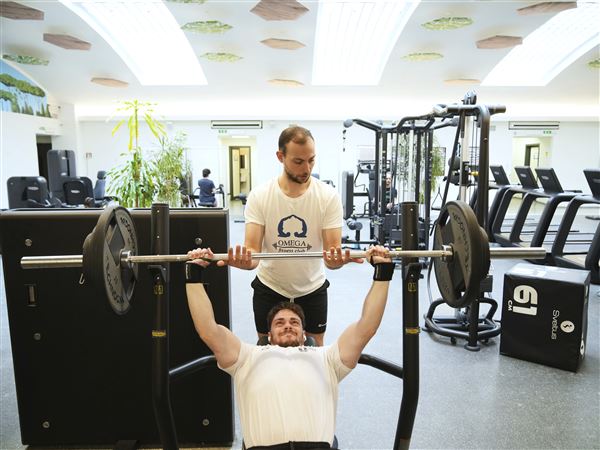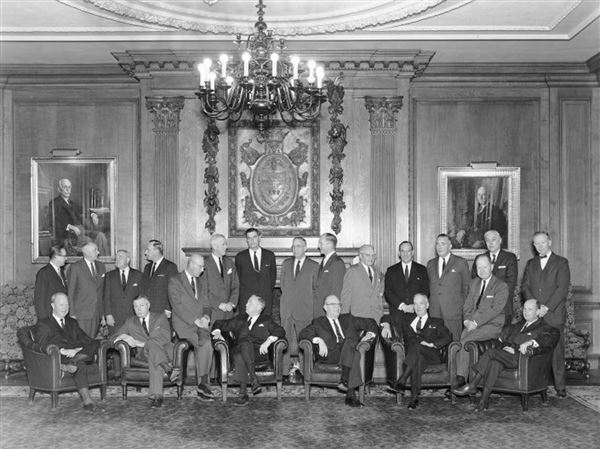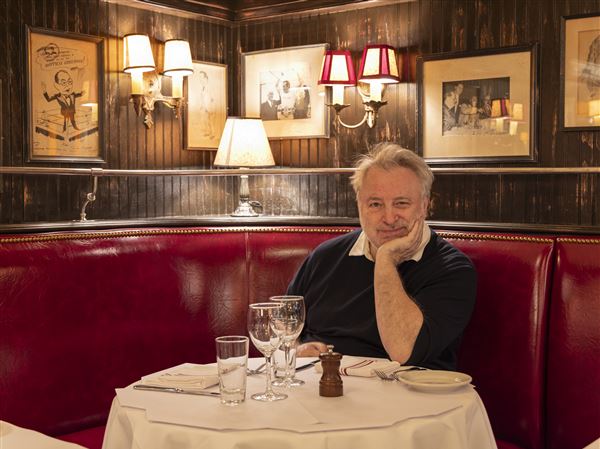Sports fans everywhere dream of attending the Olympics, but few American food fans are aware of an opportunity to root for the United States in another international test of skill and teamwork.
Scott Fetty, a chef-instructor at the Pennsylvania Culinary Institute, is headed to Erfurt, Germany, in mid-October as part of a U.S. regional team competing in the Internationale Kochkunst Ausstellung (IKA), or, as it is colloquially known, the International Culinary Olympics.
Pittsburgh chefs have been part of the competition since 1956, when the first U.S. team participated. It's held every four years, and Mr. Fetty, 44, of Mt. Lebanon, also was a member of 2004's gold-medal-winning U.S. team.
Pittsburgh's consistent fielding of top-notch chefs for so many years may come as a surprise; after all, few Pittsburgh chefs have national reputations. But the chefs who enter these competitions are more often chefs at private clubs and hotels because of the extensive time commitment and the necessary financial support that would be extremely burdensome to stand-alone restaurants.
Competitions give this category of chefs -- who typically don't attract the same kind of media attention and recognition as restaurant chefs -- a chance to push themselves, test their skills against their peers and compete for gold, silver and bronze medals.
In fact, recognition is all these chefs receive. There is no cash prize, and in the United States, at least, these chefs are unlikely to receive endorsement deals for their successes.
"People do it for patriotism and pride," said Mr. Fetty, who has taught at the culinary institute for eight years.
Competitors go through a grueling audition process. At four regional cold food trials during the winter of 2005-06, competitors were given a set of ingredients and told to create a menu of edible garde manger. Garde manger, which means "keeper of the food," refers to cold food preparation, including hors d'oeuvres, buffet platters, charcuterie, edible carved centerpieces made from cheese, butter or salt dough, and even ice and tallow carving. Often garde manger items are preserved in thin layers of aspic, a jelly usually made from clarified stocks and gelatin.
Although everyday diners often have little experience with the art of garde manger, except perhaps for charcuterie, which has had a major resurgence in popularity in recent years, these skills are a hugely important component of culinary history and classical technique.
The highest scorers at the regional trials compete for a spot on either the national or, this year, the two regional teams that will go to Germany.
Although the regional teams and the national team compete for the United States in Germany, only the national team participates directly in the Restaurant of Nations, certainly one of the most exciting "restaurants" in the world. Over four days, each national team opens a mock restaurant, serving a three-course meal to 125 guests. Many are simply visitors to the trade show because attendees can buy tickets. But some of the meals also go to judges, and the competitors never know whether it is the first plate, the 50th plate or the 98th plate that will go to a judge.
Teams usually showcase aspects of their national cuisine but within certain limits. For example, Mr. Fetty explained, the American team would avoid techniques such as New Orleans-style "blackening" because to European judges, it just looks like burnt food.
"The Olympics is one of the more conservative international competitions," Mr. Fetty said.
Innovation also is a major goal. No one wants to replicate a trend or copy something another chef has already done. "It's a struggle sometimes to come up with new ideas," he said. "Sometimes it's a revelation; sometimes it's just work, work, work."
The team has prepared over the past two years by competing in other major culinary contests and meeting for weekends to go through mock versions of the Olympic competition. Yet most of the preparation is individual. Each chef has his or her own component of the show; for example, Mr. Fetty is responsible for a large buffet platter that will be the centerpiece of a cold food exhibition. He must devise his plan and practice creating the platter many times so that when he participates in team practices, they can critique the idea itself, knowing it has been executed exactly as he planned.
The American team has consistently done well at the IKA since it began participating in 1956. The 1960 team was world champion, and U.S. gold medal wins in 1980, 1984 and 1988 set a new record for the most consecutive gold medals.
The team's success is all the more impressive in that, unlike teams in a European country that receives state funding and support as well as wide media coverage, the U.S. team must work hard to raise funds and attract sponsorship. The weakening of the dollar has placed a huge burden on the team because hotel rooms booked two years ago now cost 40 percent more, and other expenses have jumped.
Though patriotic food fans probably won't be able to watch the IKA on television, local foodies will have a chance to indulge in the talents of Chef Fetty and other Olympic chefs at a fund-raiser Sept. 16 at the Oakmont Country Club. Proceeds will help defray competition costs for the U.S. team.
The dinner is $145 per person, $1,000 for tables of eight. To reserve a seat, or to get more information on how to help the team, call Penny Lewis at 412-325-3742, or visit www.acfchefs.org and click on "partnerships."
First Published: August 31, 2008, 8:00 a.m.
















